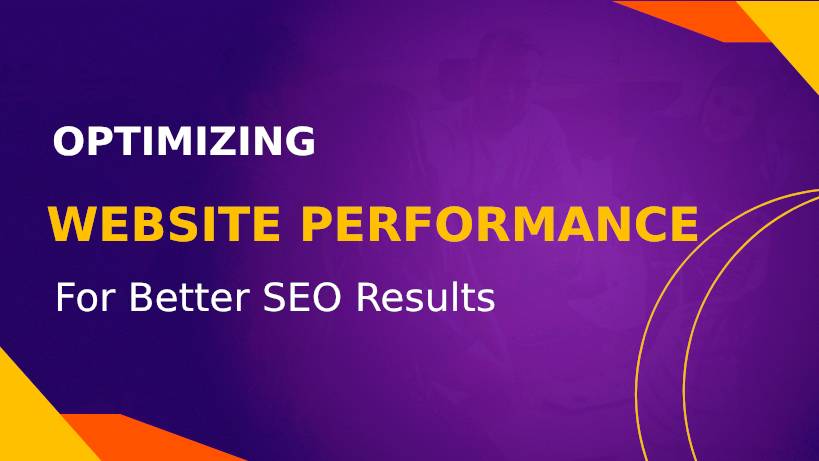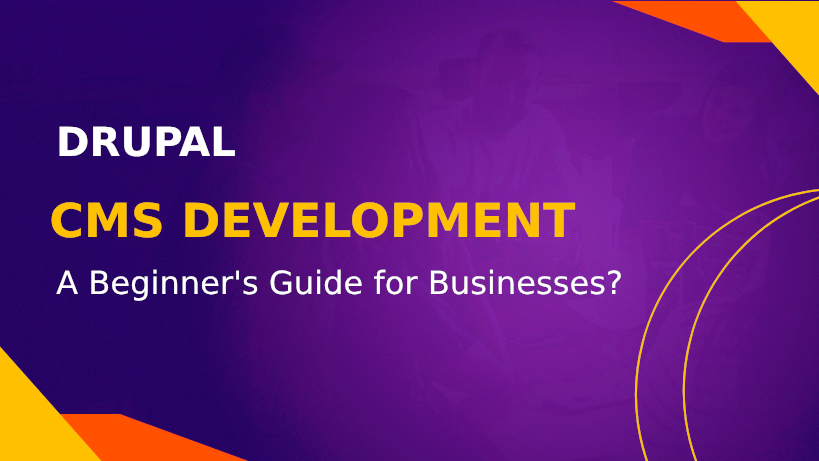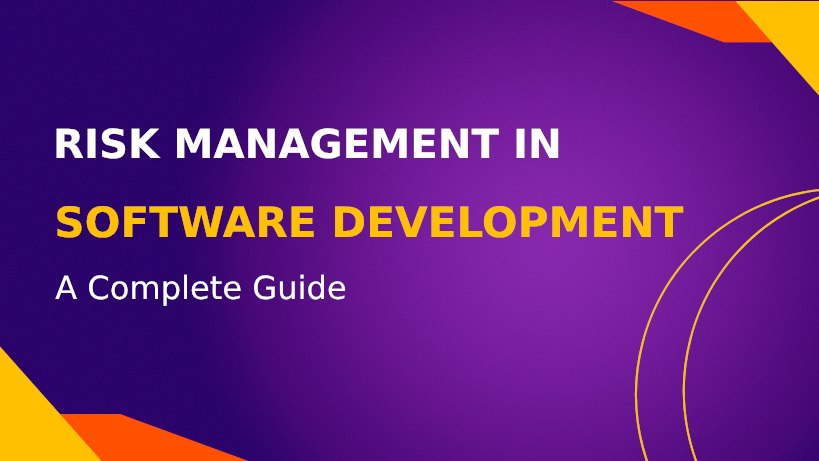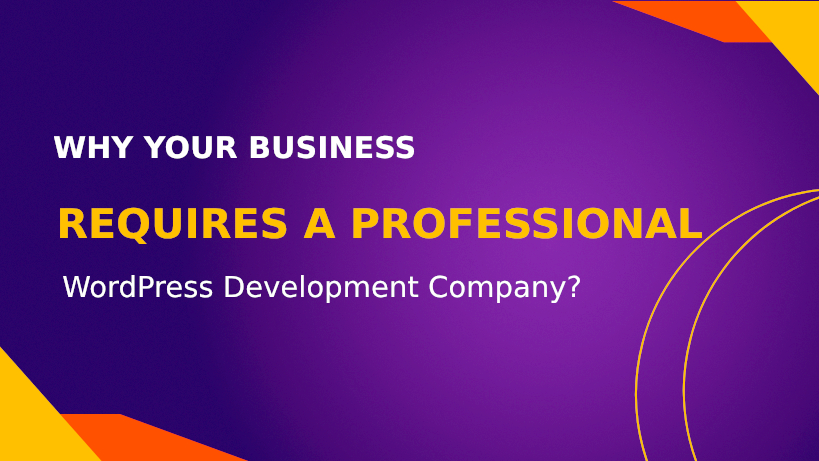
Key Strategies to Boost Your Website’s Speed, User Experience, and SEO Rankings
In today's digital landscape, having a website is just the beginning. With millions of sites vying for attention, how do you ensure yours stands out?
The answer lies in a powerful combination of SEO optimization and website performance.
Imagine your website loading at lightning speed and guiding visitors through an engaging experience. This captivates users and sends positive signals to search engines like Google.
By optimizing your website performance, you can dramatically improve your SEO rankings and online visibility.
This guide covers some proven ways to boost your website performance and achieve superior SEO results.
Understand SEO and Its Role in Website Visibility
Search Engine Optimization (SEO) is the process of improving your website's visibility in search engine results.
It’s more than just keywords it includes technical SEO, content creation, and user experience.
Users rarely go beyond the first page of search results. This makes ranking high essential for driving organic traffic to your website.
A well-optimized website signals relevance and quality, building trust with both users and search engines.
Mastering SEO helps you unlock growth opportunities, increase brand visibility, and stay competitive in the digital space.
Additionally, SEO extends beyond content—it includes optimizing web performance factors like page speed, mobile responsiveness, and site security. These elements ensure that your site ranks higher and attracts engaged users who stay longer.
Boost SEO with Faster Website Performance
Website performance is a critical element of SEO success. Slow sites deter users and can lead to higher bounce rates.
Search engines prioritize fast-loading websites and reward them with higher rankings. Fast web pages contribute to a positive user experience, which is a ranking factor for platforms like Google.
When pages load quickly, users stay longer, improving metrics like session duration, conversion rates, and scroll depth.
Moreover, faster websites perform better during mobile searches, which account for the majority of online traffic. Google’s Core Web Vitals emphasize metrics like Largest Contentful Paint (LCP), First Input Delay (FID), and Cumulative Layout Shift (CLS)—all of which are directly related to page performance.
A faster website keeps users engaged and enhances their experience, leading to more repeat visits, social shares, and recommendations.
Key Factors That Affect Website Performance
Several crucial factors impact website performance and influence SEO rankings:
-
Page Load Time: Slow-loading pages increase bounce rates and reduce user satisfaction.
-
Server Response Time: Choose a reliable hosting service to ensure your website responds quickly to user requests.
-
Image Optimization: Uncompressed images can significantly slow down a website. Compressing images reduces their size and enhances loading times.
-
Code Quality: Clean, streamlined code (HTML, CSS, and JavaScript) ensures faster rendering and prevents unnecessary delays.
-
Third-Party Scripts: While useful, excessive use of third-party plugins, ads, and tracking scripts can bog down your website performance.
-
Browser Caching: Enable browser caching to store static resources locally and allow returning users to load pages faster.
-
Content Delivery Network (CDN): A CDN distributes your website content across global servers, reducing the distance between your website and users.
By addressing these elements, you can create a high-performing website that delivers exceptional user experience and ranks higher on search engines.
Effective Strategies to Optimize Website Performance
Use these strategies to enhance your website performance and improve SEO rankings:
- Compress Images: Use tools like TinyPNG or ImageOptim to reduce image sizes without affecting quality.
- Leverage Browser Caching: Store static resources locally on users' browsers to enable faster page reloads.
- Minimize HTTP Requests: Reduce the number of images, scripts, and files on each page to streamline loading.
- Use a CDN: A content delivery network caches your content globally for faster access.
- Optimize Code: Minify CSS, JavaScript, and HTML files to eliminate unnecessary white space and comments.
- Implement Lazy Loading: Load images and videos only when users scroll down to them.
- Reduce Redirects: Avoid excessive redirects as they slow down page load times and affect your SEO performance.
Tools to Measure and Improve Website Performance
Several tools can help track and improve your website’s speed and performance:
- Google PageSpeed Insights: Offers actionable tips to enhance both mobile and desktop performance.
- GTmetrix: Provides detailed reports on page load times, rendering issues, and opportunities for optimization.
- WebPageTest: Tests site performance from multiple global locations and provides detailed visual reports.
- Pingdom: Monitors website uptime, response times, and provides real-time data.
- Lighthouse (Google Chrome): An open-source, automated tool that analyzes your website performance and generates detailed audits.
Regularly using these tools can help you stay ahead of performance bottlenecks and maintain high SEO rankings.
Best Practices for Maintaining Website Performance
Maintaining optimal website performance requires consistent effort. Follow these best practices:
- Regular Updates: Keep your CMS, plugins, and themes updated to prevent security risks and compatibility issues.
- Optimize Media Files: Compress images and use modern formats like WebP for faster loading times.
- Implement Caching: Enable browser caching to enhance loading times for returning visitors.
- Audit Third-Party Scripts: Regularly review and remove unnecessary scripts that can slow down your website.
- Conduct Performance Audits: Use tools like GTmetrix and Google PageSpeed Insights to identify areas for improvement.
By following these best practices, you can ensure that your website remains optimized and continues to deliver a positive user experience.
Future-Proof Your SEO Strategy with Continuous Web Performance Optimization
Website performance optimization isn’t a one-time process—it’s an ongoing commitment. As new web technologies emerge, search engine algorithms evolve, and user expectations grow, your website must keep pace.
Continuous improvements allow you to:
- Enhance user engagement and satisfaction.
- Lower bounce rates and improve conversion rates.
- Maintain top search engine rankings and stay ahead of the competition.
Conclusion: Long-Term Success with SEO and Website Performance
Achieving optimal website performance requires regular analysis, updates, and a commitment to improving SEO optimization.
By consistently monitoring your website’s speed, responsiveness, and performance metrics, you can identify areas for improvement and enhance your online visibility.
Investing in website performance optimization pays off with improved user experience, lower bounce rates, and higher search engine rankings.
Prioritize website optimization and collaborate with AnchorPoints to secure long-term success in the digital landscape. By doing so, you’ll ensure your website remains a powerful tool for growth, engagement, and visibility.
Take the first step towards a faster, more SEO-friendly website with AnchorPoints! Contact us today for expert optimization services and start improving your performance and rankings now!






